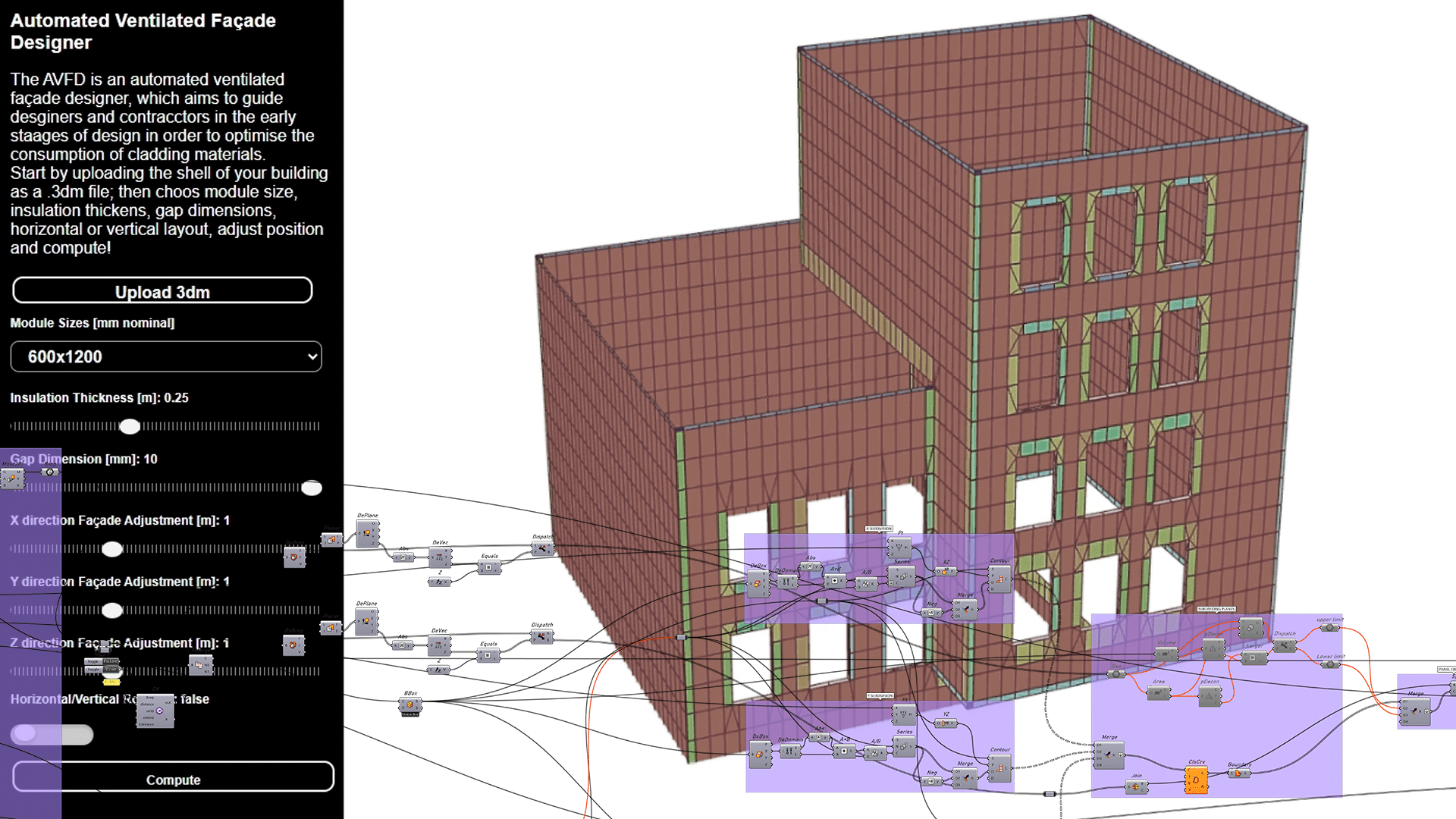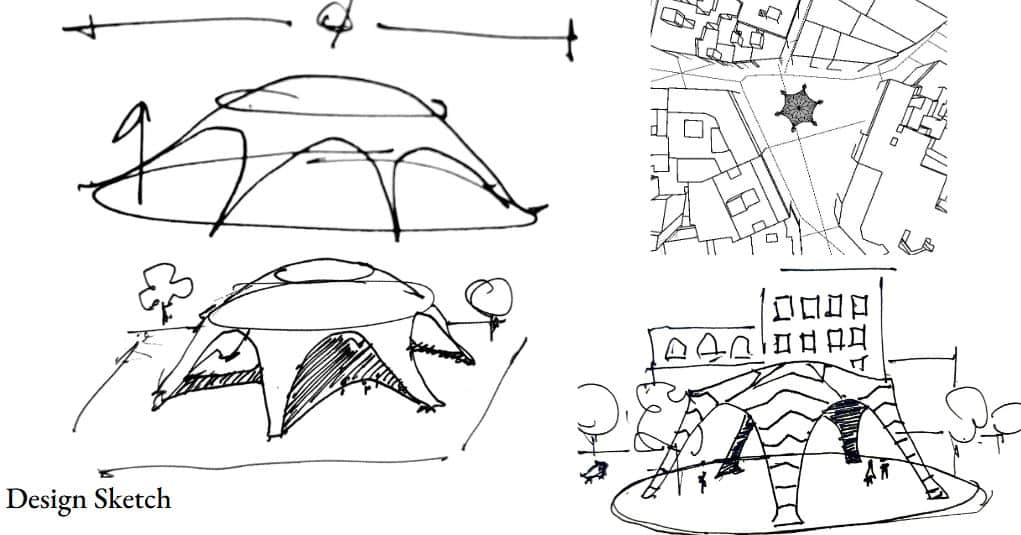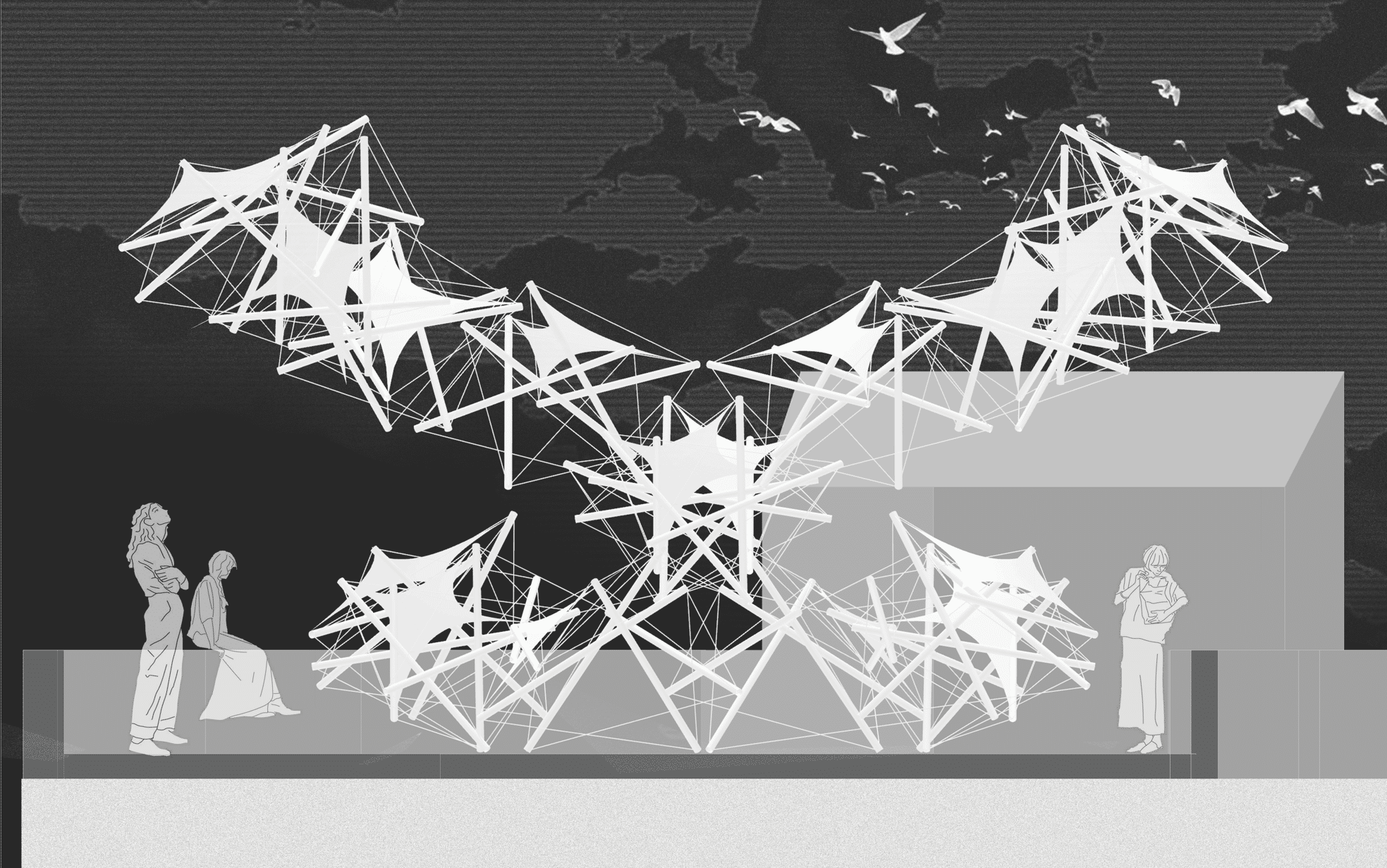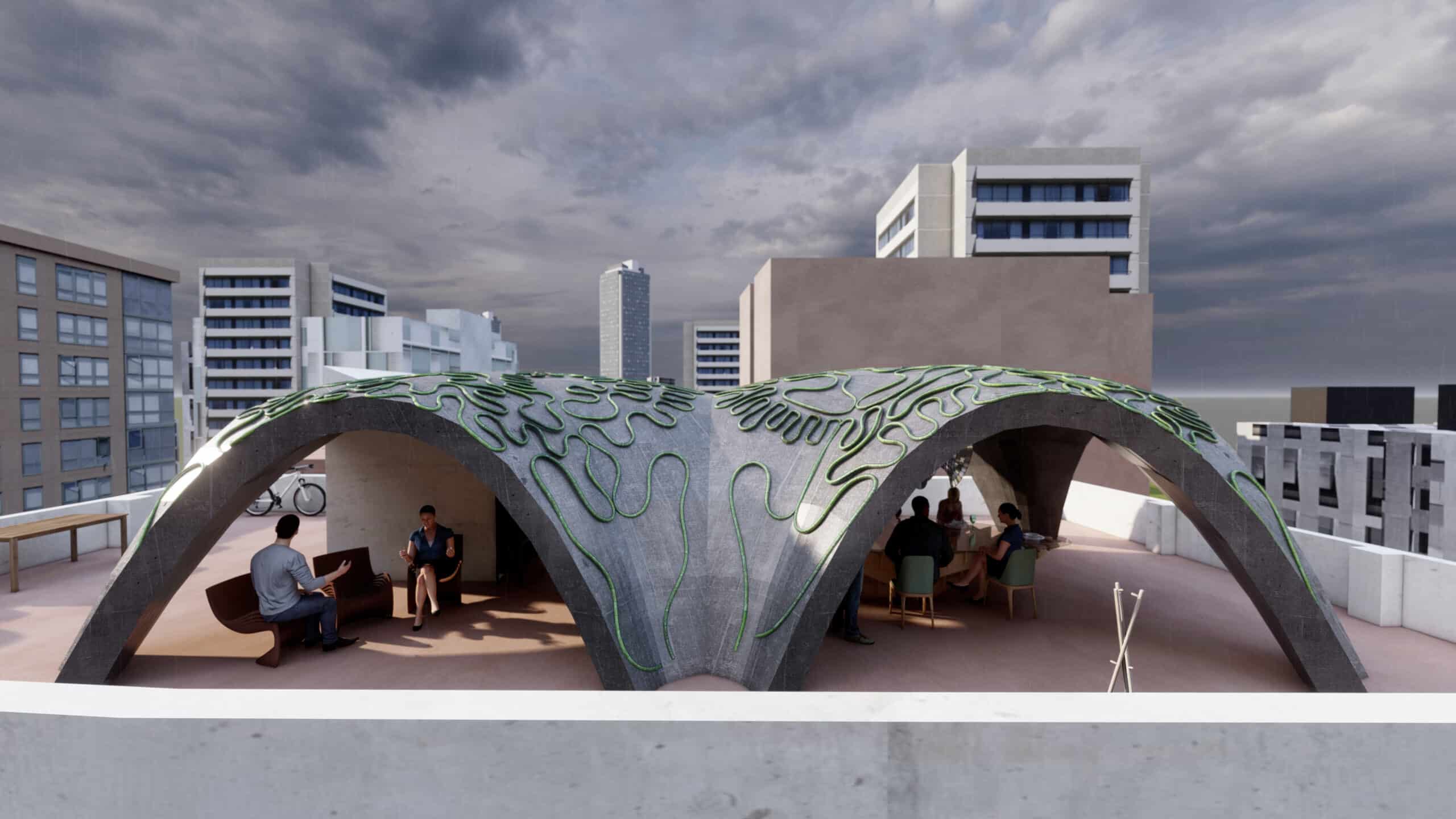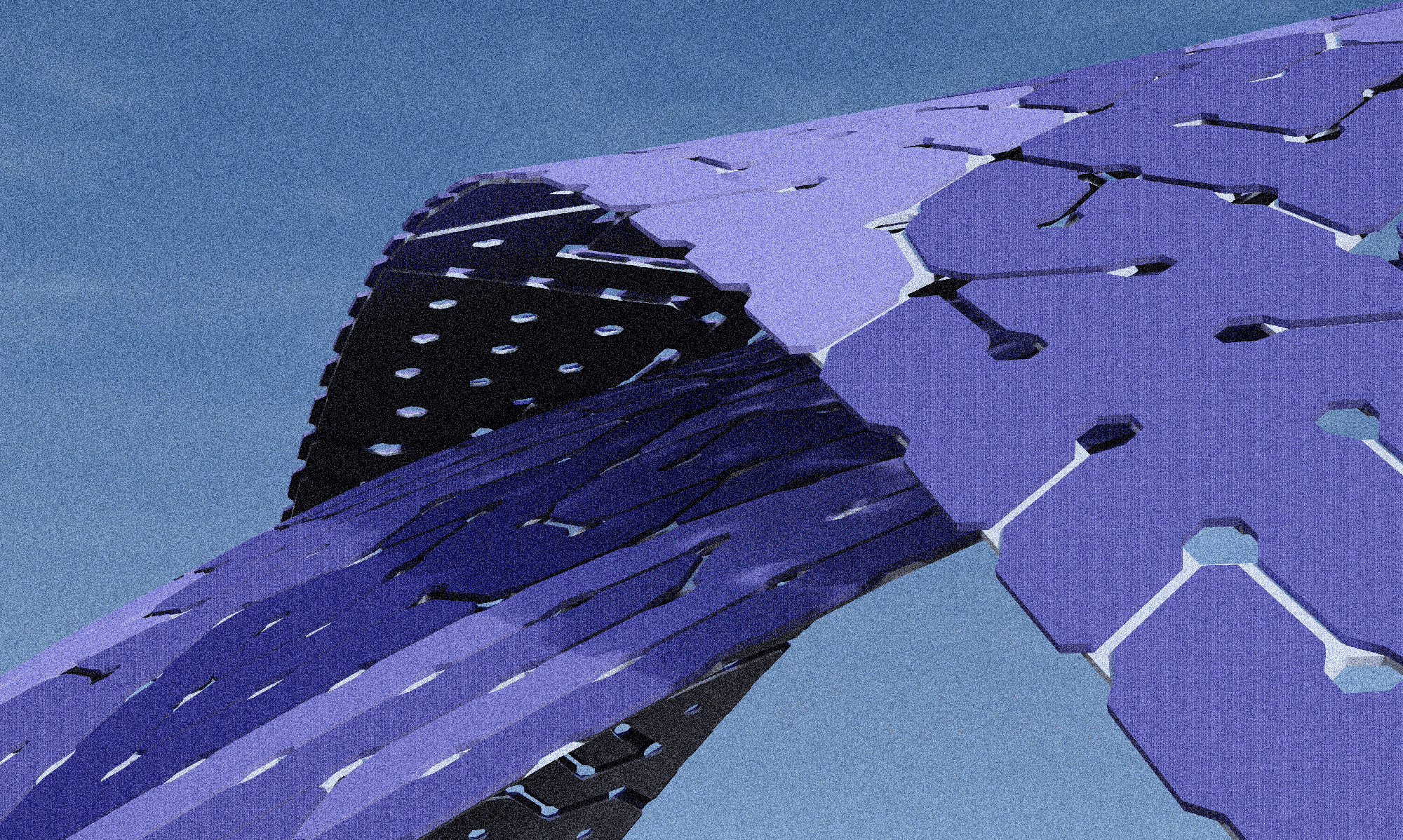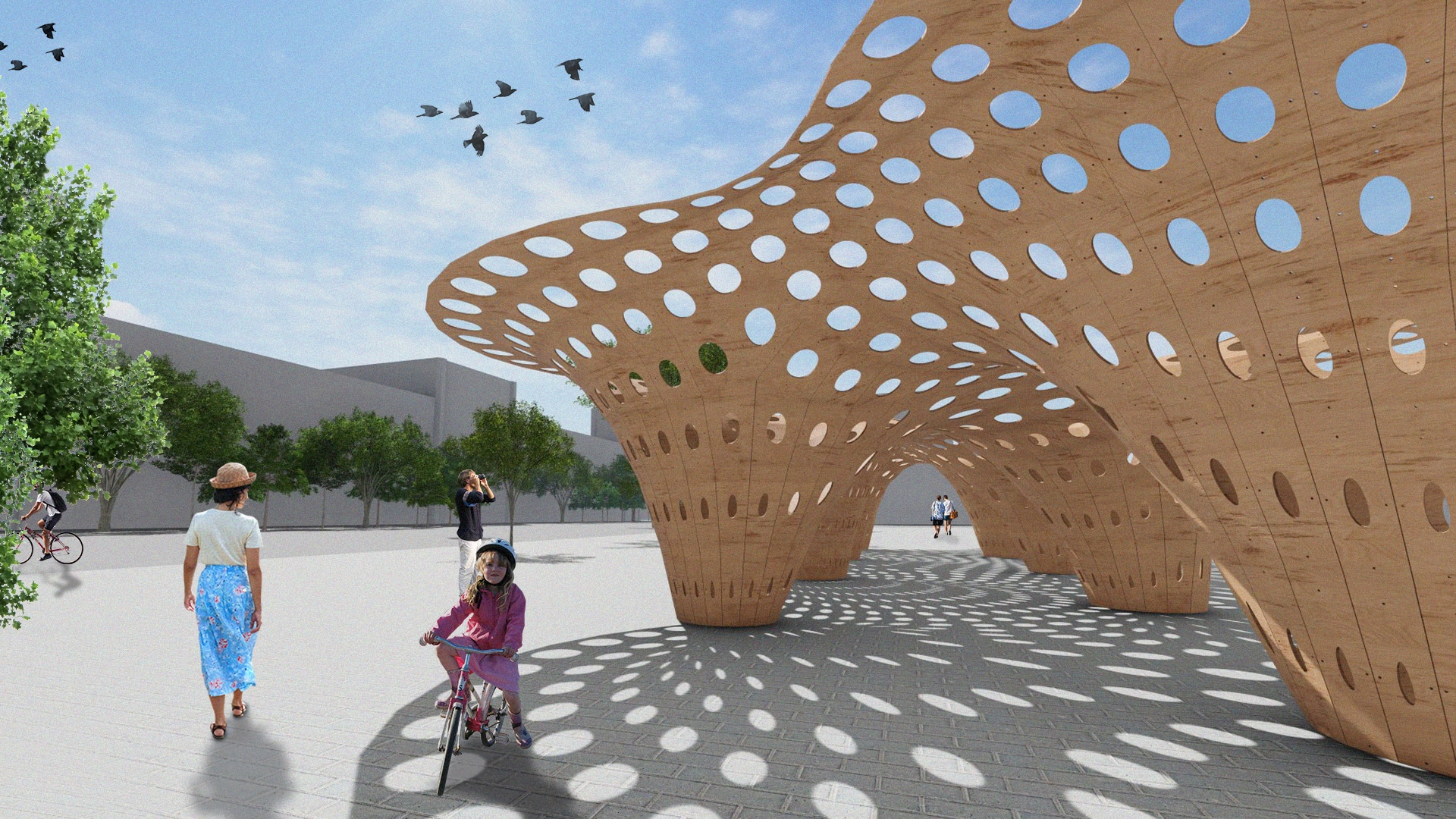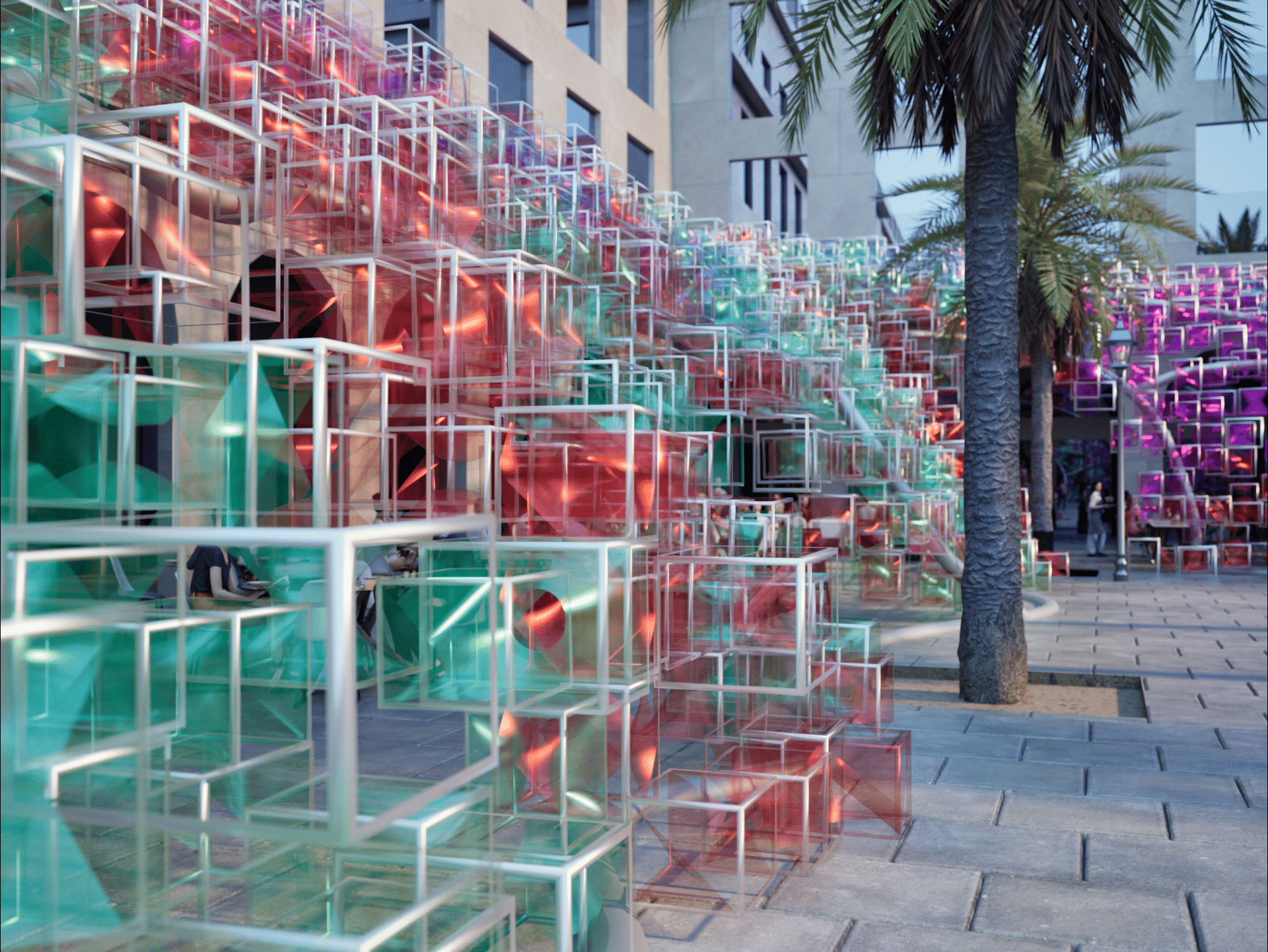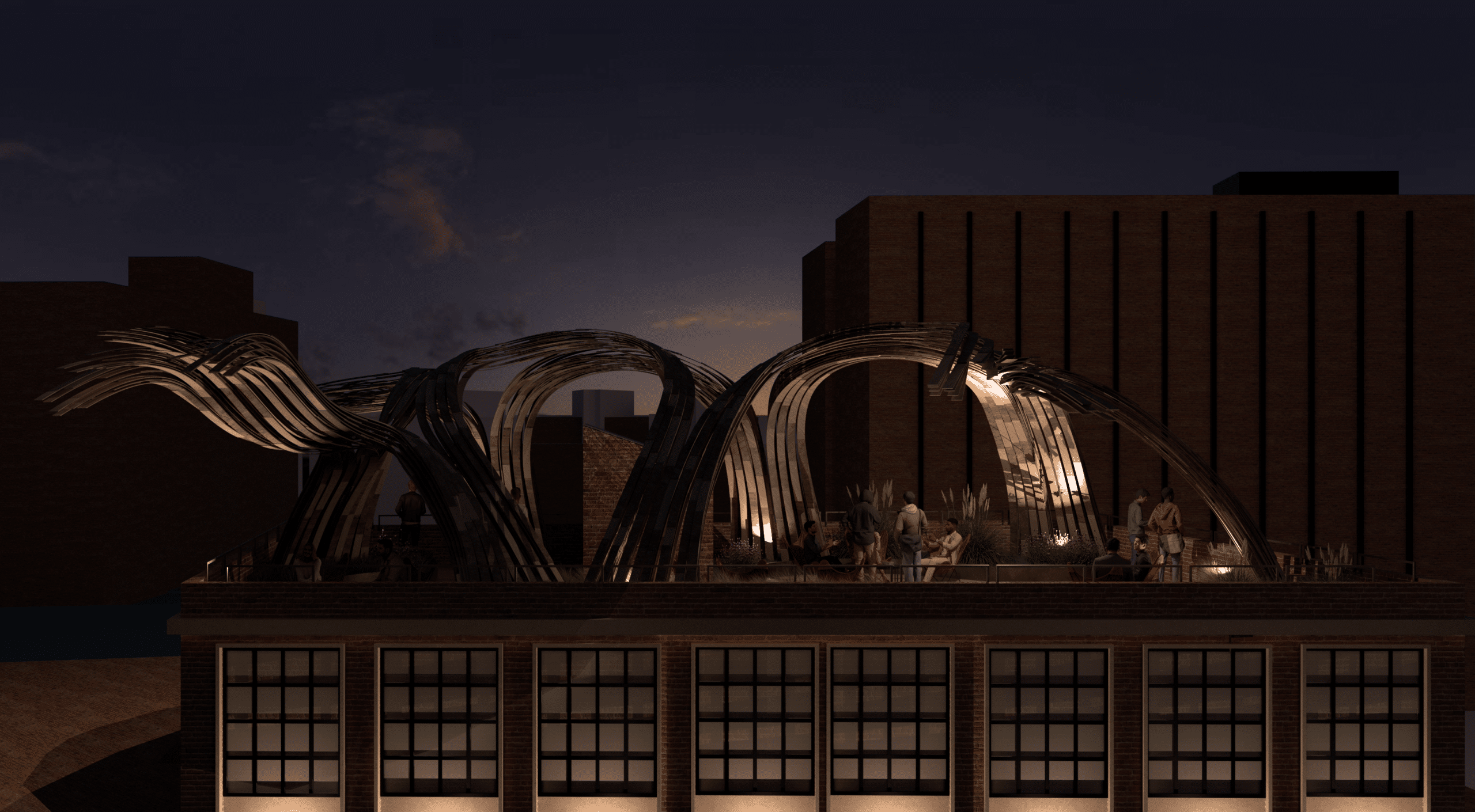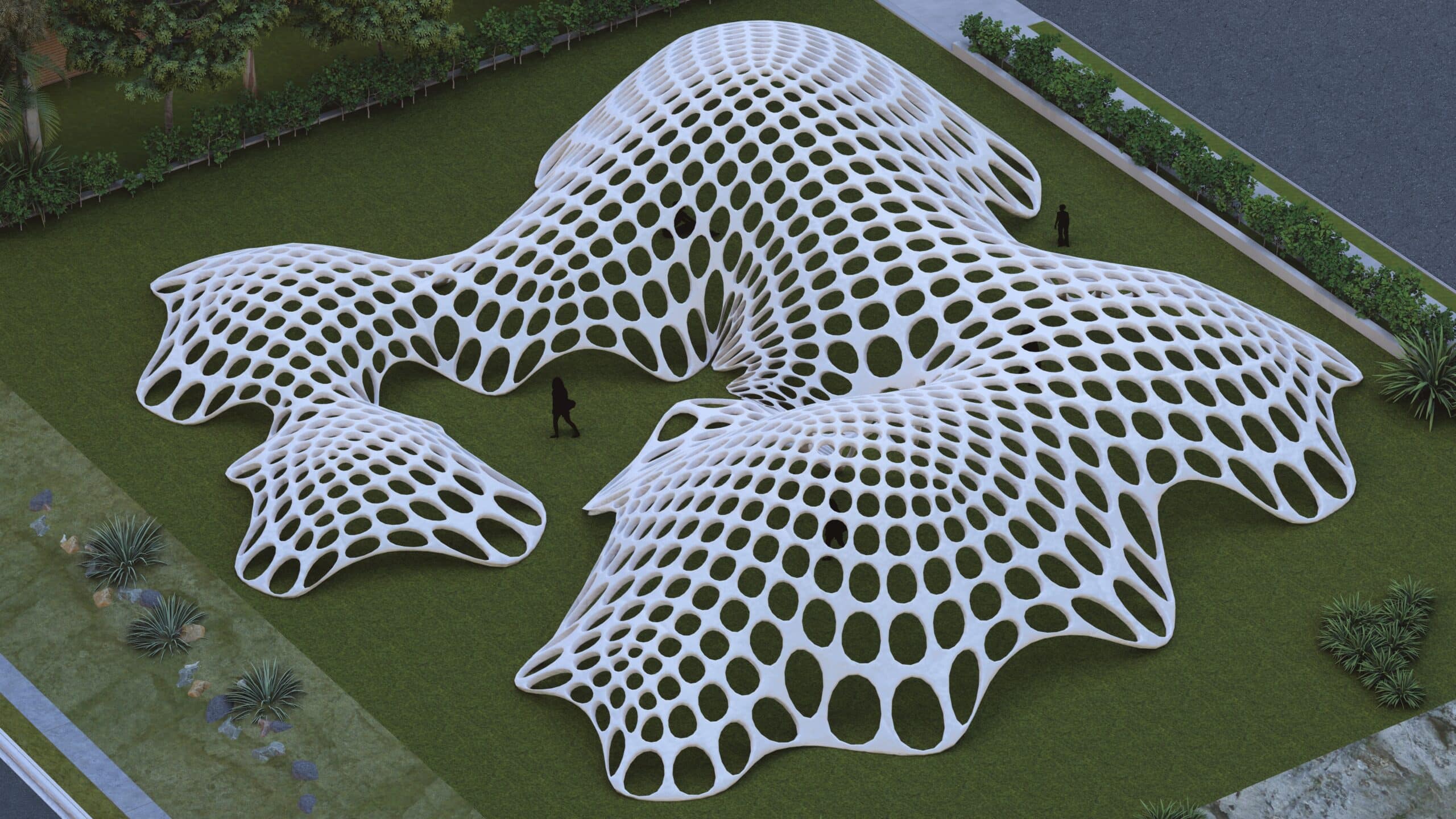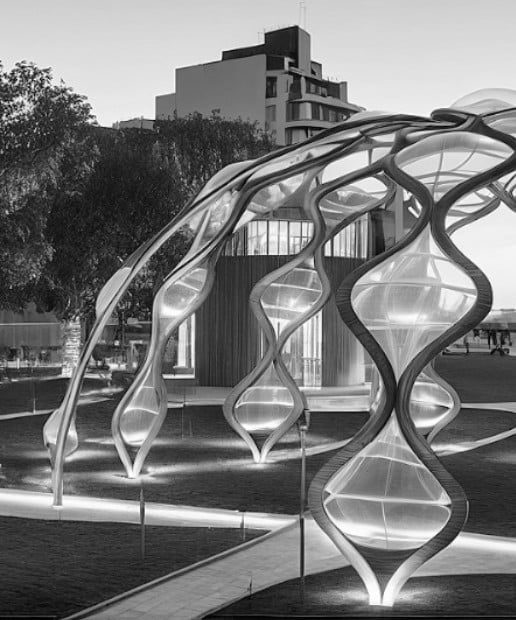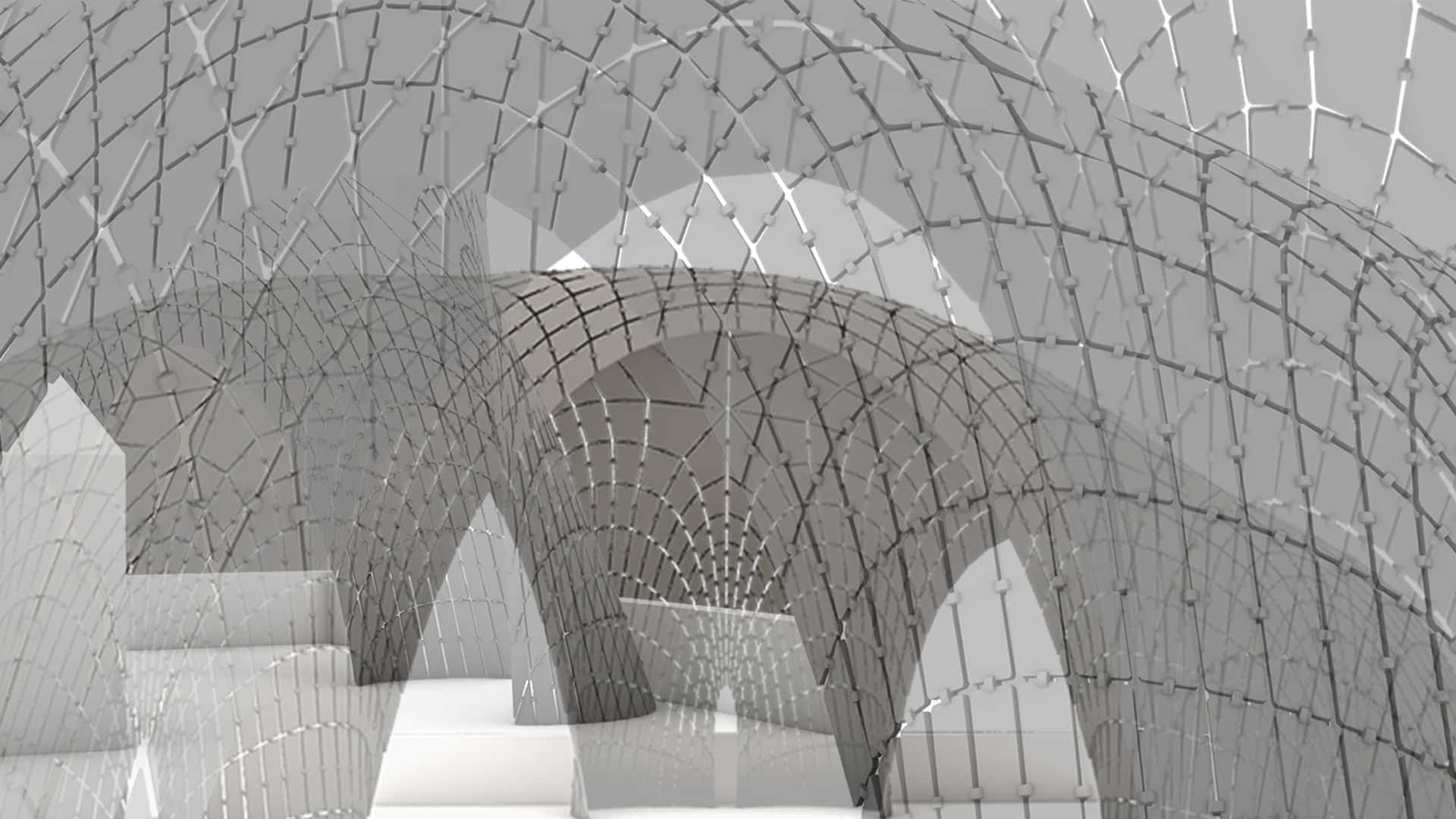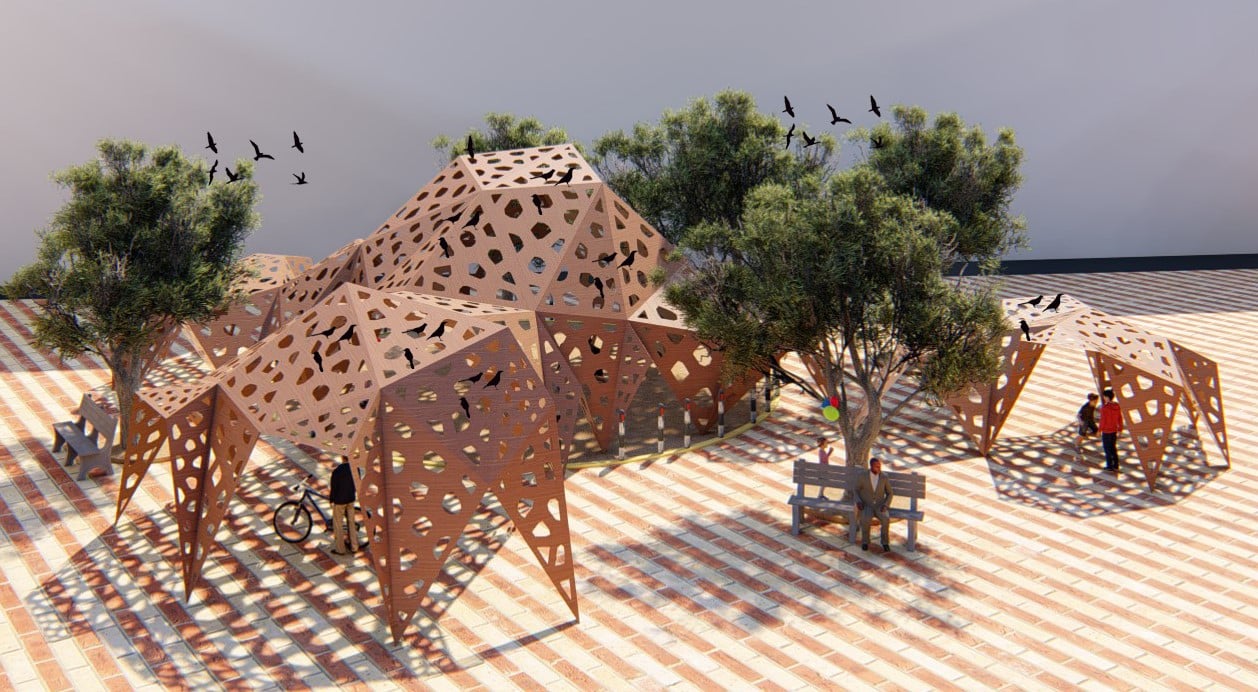Automated Ventilated Façade Designer
Introducing the Automated Ventilated Façade Designer (AVFD) In the world of architecture and construction, efficiency and precision are key. Meet the Automated Ventilated Façade Designer (AVFD)—an innovative tool crafted to redefine how designers, contractors, and manufacturers approach ventilated façade design. This groundbreaking application streamlines the early stages of design, optimizing material usage while enhancing the … Read more

